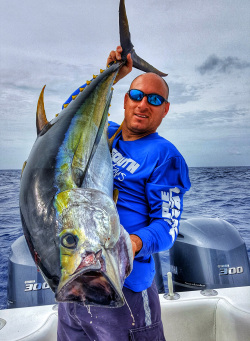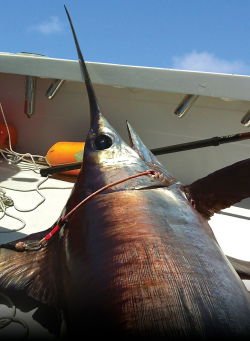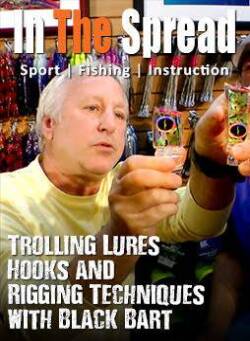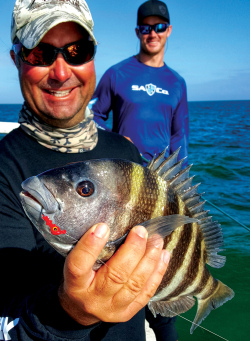Reef fishing offers diverse species, depending on depth and time of year. Captain William Toney shares valuable tips for shallow water reefs along the Gulf coast of Florida, including boating, anchoring, baiting, and finding good reefs. Listening to experienced fishers can help catch bigger fish.
Reef Fishing - Shallow Water with William Toney
(00:37:44)
Watch Full Video
View Short Trailer
Instructor:
William Toney
Description
/
Review
/
Instructor
Points of Summary for the Video:
- Location: Patc reefs off the Florida Nature Coast
- Focus: Fishing rock piles, natural reefs, wrecks, ledges, and spring holes
- Species: Gag grouper, mangrove snapper, grunts, Sheepshead, Spanish mackerel, snapper, seabass, flounder, trout, and more
- Key Tips: Proper boat anchoring, identifying fishing spots, understanding fish migration, and using the right gear and bait
In this captivating video, Capt. Toney shares his wealth of knowledge on targeting various species like gag grouper, mangrove snapper, and Spanish mackerel, while providing valuable insights on proper boat anchoring, identifying hidden fishing spots, understanding fish migration, and using the right gear and bait.
Login
to leave a review.
User Reviews
There are no reviews yet.Captain William Toney
Captain William Toney, a Florida native, is a fourth-generation fishing guide known for his expertise in Redfish, Sea Trout, Mangrove Snapper, Snook and other fish species. He is a licensed and insured guide, a Homosassa Guide's Association member, and hosts 'In The Spread', an online fishing instruction platform. Toney's expertise in redfish, tides, and bait presentation is unparalleled, and he shares his knowledge on seasonal fish migration patterns and tidal flows. His dedication to passing on his knowledge to younger generations is invaluable.
Read moreVideos
We Recommend
0




